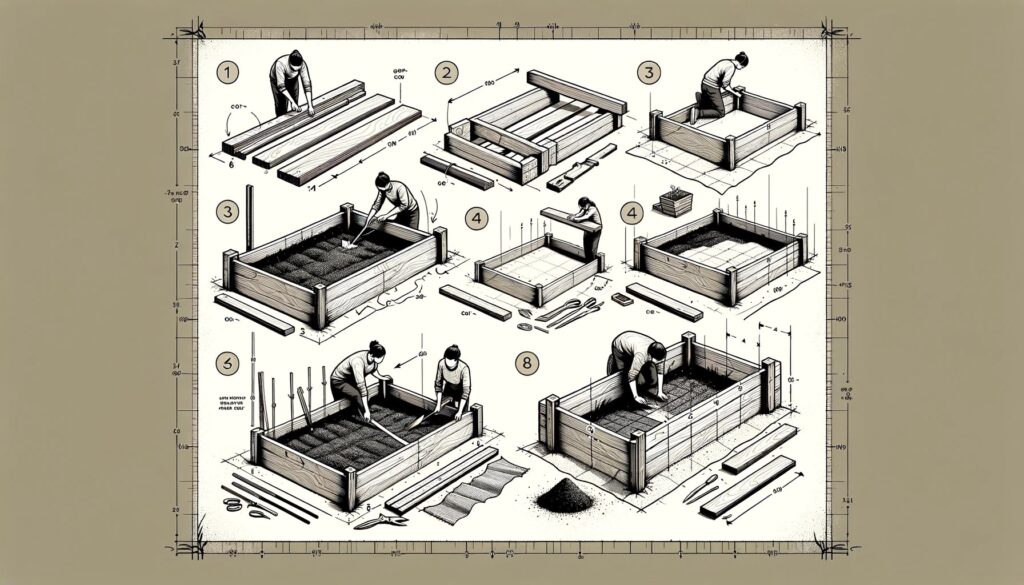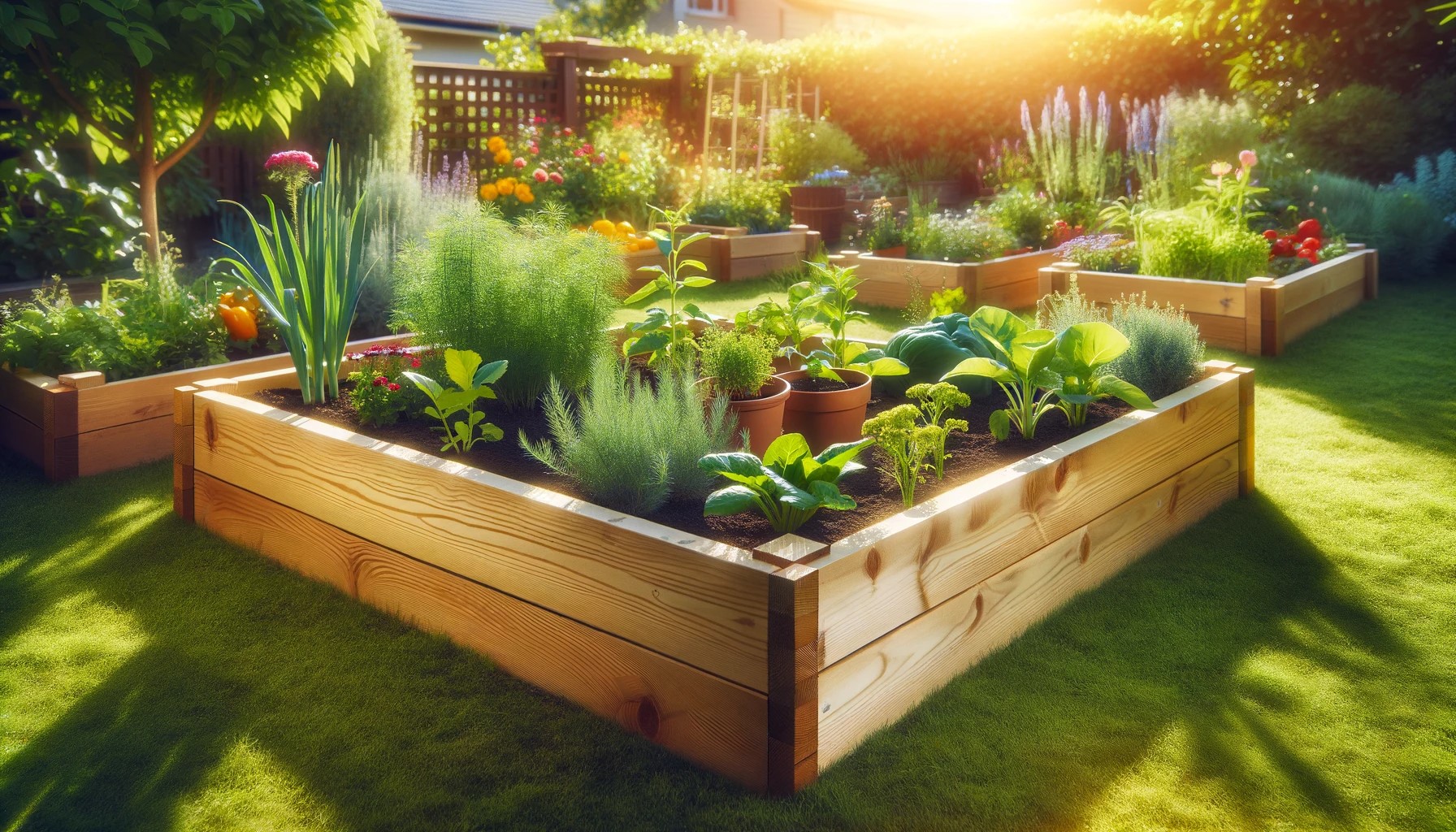Gardening is a rewarding hobby that not only beautifies your space but also has mental and physical health benefits. A raised garden bed is an excellent addition to your garden, offering a host of advantages over traditional in-ground gardening. This article will guide you through the process of creating your own DIY raised garden bed, turning a patch of grass or a balcony corner into a flourishing garden.
Advantages of Raised Garden Beds
Raised garden beds provide better soil conditions, improved drainage, and easier access for planting, maintaining, and harvesting plants. They are particularly beneficial for gardeners with limited mobility or space constraints. Additionally, these beds can help in reducing weed growth and preventing soil compaction, resulting in healthier plant growth.
Materials and Tools Needed
To build a basic raised garden bed, you’ll need:
- Wood: Untreated cedar, redwood, or pine are popular choices.
- Screws or nails: To assemble the frame.
- Drill or hammer: Depending on whether you’re using screws or nails.
- Soil: A mix of topsoil, compost, and other organic matter.
- Landscaping fabric: To line the bottom of the bed and prevent weeds.
- Measuring tape, saw, and a level.
Building Your Raised Garden Bed
- Design and Planning: Determine the size and location for your raised bed. A common size is 4 feet by 8 feet, which allows easy access from all sides. Choose a spot that receives adequate sunlight.
- Cutting and Assembling the Frame: Cut the wood to your desired length and assemble it into a rectangular frame using screws or nails. Ensure the frame is level and square.
- Preparing the Site: Clear the area of grass or other debris. Place the frame in the desired location and level it. You can dig into the soil to help stabilize the bed if necessary.
- Lining and Filling the Bed: Line the bottom with landscaping fabric to prevent weeds. Fill the bed with a mix of topsoil, compost, and other organic materials.
- Planting: Once your bed is filled, it’s ready for planting. You can grow a variety of plants, from vegetables and herbs to flowers and shrubs.
Maintenance Tips
- Watering: Raised beds may dry out faster than traditional gardens, so monitor moisture levels and water as needed.
- Soil Health: Replenish nutrients by adding compost or organic matter each season.
- Pest Control: Keep an eye out for pests and treat them with eco-friendly solutions.

Building a DIY raised garden bed is a straightforward project that can dramatically improve your gardening experience. Not only does it make gardening more accessible and manageable, but it also provides an excellent environment for your plants to thrive.



